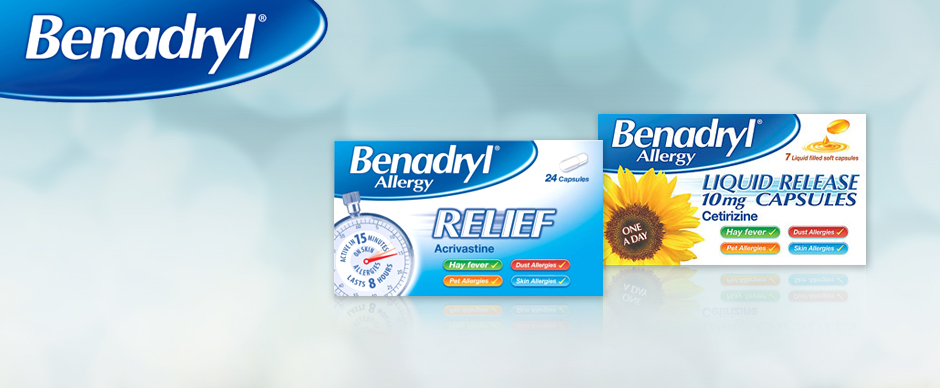
Little things you can do to reduce allergy symptoms
During spring and fall seasons grass, trees, and flowers give off pollen that is transported either by the air or insects. As a result many people suffer with hayfever and pollen allergies that result in sneezing, watery eyes, and itching in the nose, throat, and eyes. Hayfever, also known as allergic rhinitis or allergic conjunctivitis (when it affects the eyes) is the cause of great discomfort for many.
When the pollen count is high and the breeze is strong, you can reduce the symptoms of allergies by following these simple steps:
- Plan your outdoor activities in advance based on pollen calendar and weather forecast. It’s often better to stay indoors when the weather is dry and windy and go outdoors when it’s cooler and just after the rain. That way the air is clear and pollen-free.
- Leave outdoor shoes at the door. This will lessen the amount of pollen that gets inside your home and causes allergies. Outdoor clothes should also be changed when you come home.
- After spending the day in the yard, your pet’s coat should be wiped to avoid tracking in pollen and dust. Avoid sleeping with your pet in your bedroom as well. Most of the time your exposure to allergies and hayfever can be halved by keeping pets out of living rooms, bedrooms, and off upholstered furniture.
- Rinse your nasal cavity to flush out the dust. Nasal irrigation will also promote healthier sinuses.
- Keep your windows closed and keep pollen out. Consider using a HEPA filter to keep the air clear if you spend a lot of time indoors.
- Vacuum often to avoid dust build up.
- Wash bedding once a week in warm water and gentle soap.
- Clean your pet’s dwelling area often to avoid germs and build-up of wastes.
- Avoid camping during the main pollen season.
- Keep anti-allergy medication handy at home and when you travel. Benadryl is available in different forms for adults and children and will help keep you enjoy your summer or vacation trip free of allergies.

